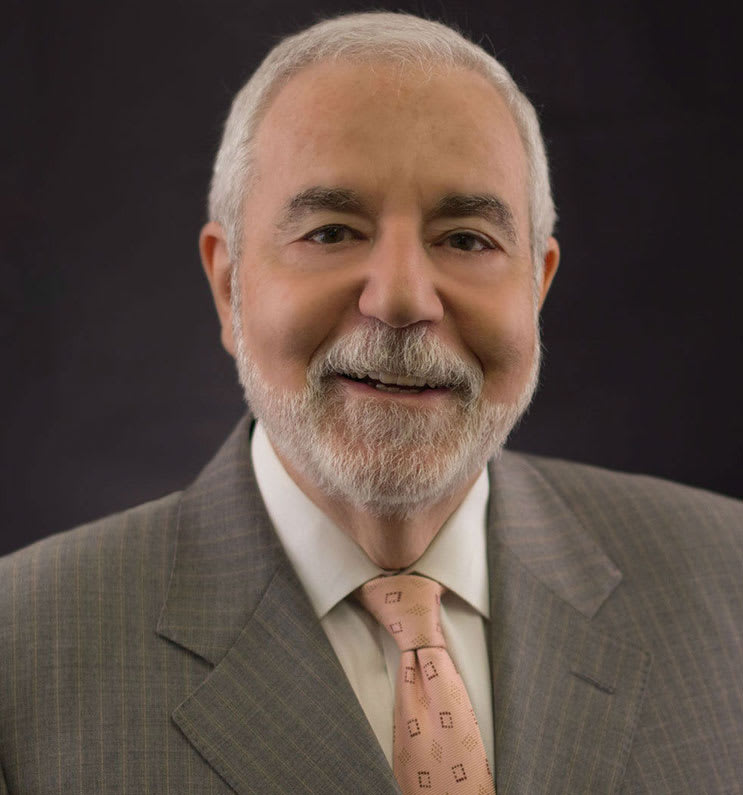
Dan Brecher
Counsel
212-286-0747 dbrecher@sh-law.comFirm Insights
Author: Dan Brecher
Date: December 28, 2017

Counsel
212-286-0747 dbrecher@sh-law.comThe private equity industry has grown significantly in recent years. PE firms had a record $2.49 trillion in assets as of December 31, 2016. In total, 319 new firms launched last year.

Most private equity funds are structured as a limited partnership, under which the general partners (GPs) are authorized to manage the PE fund and select investments to be included in the fund’s portfolios. Investors, which may include both institutions and wealthy individuals, are limited partners (LPs), which do not participate in investment decisions.
The specific terms of the investment are set forth in a Limited Partnership Agreement (LPA). The LPA governs a wide-range of issues, including the duration of the fund, the calculation of management fees, and the payout structure.
When negotiating an LPA, waterfall distribution schedules are also an increasingly important topic. In general, distribution waterfalls establish the method by which the capital gained by the fund’s sale of the underlying investments is allocated between GPs and LPs. Typically, GPs do not receive an allocation of profits until investors receive their initial investment and a preferred return. Below is an example of a waterfall distribution schedule:
The hurdle rate may also be further broken down into tiers, which are tied to the total amount of carried interest of the GPs.
After negotiating the basic terms, such as the hurdle and catch-up, the parties to an LPA must decide how the carried interest will be distributed. Waterfalls can be broadly termed as either “European-style” and “American- style.”
Under a European (or international) style waterfall, the distribution schedule is applied at an aggregate fund level. Accordingly, the GP does not receive carried interest distributions until the investors receive distributions equal to their total capital contributions to the entire fund as well as a preferred return.
In contrast, the American style applies the schedule on a deal-by-deal basis rather than at the fund level. That means returns are calculated for each investment, and GP receives its carried interest as profits are realized on the specific investment.
The whole-fund European model is preferable to investors because it defers distributions of carried interest to GPs, thereby allowing investors to receive more distributions of fund profits sooner. The American waterfall style is more advantageous for GPs of the fund because it distributes the total risk over all the deals.
As the name suggests, the European waterfall is frequently used by private equity funds in Europe and Asia. However, investors in the United States are increasingly seeking to adopt this approach. In response to investors increasingly seeking thresholds set at the fund level, GPs are proposing alternatives, such as deal-specific thresholds that include interim claw-back provisions. The result of this trend is that negotiating the waterfall distribution schedule is even more important. We encourage both investors and GPs to carefully review these terms and discuss their implications with experienced counsel.
Do you have any questions? Would you like to discuss the matter further? If so, please contact me, Dan Brecher, at 201-806-3364.
No Aspect of the advertisement has been approved by the Supreme Court. Results may vary depending on your particular facts and legal circumstances.

Using chattel paper to obtain a security interest in personal property is a powerful tool. It can ensure lenders have a legal claim on collateral ranging from inventory to intellectual property. To reduce risk and protect your legal rights, businesses and lenders should understand the legal framework. This framework governs the creation, sale, and enforcement […]
Author: Dan Brecher

For years, digital assets operated in a legal gray area, a frontier where innovation outpaced the reach of regulators and law enforcement. In this early “Wild West” phase of finance, crypto startups thrived under minimal oversight. That era, however, is coming to an end. The importance of crypto compliance has become paramount as cryptocurrency has […]
Author: Bryce S. Robins

Earlier this month, the U.S. Supreme Court issued a decision in Ames v. Ohio Department of Youth Services vitiating the so-called “background circumstances” test required by half of federal circuit courts.1 The background circumstances test required majority group plaintiffs pleading discrimination under Title VII of the Civil Rights Act to meet a heightened pleading standard […]
Author: Matthew F. Mimnaugh

Special purpose acquisition companies (better known as SPACs) appear to be making a comeback. SPAC offerings for 2025 have already nearly surpassed last year’s totals, with additional transactions in the pipeline. SPACs last experienced a boom between 2020–2021, with approximately 600 U.S. companies raising a record $163 billion in 2021. Notable companies that went public […]
Author: Dan Brecher

Merging two companies is a complex legal and business transaction. A short form merger, in which an acquiring company merges with a subsidiary corporation, offers a more streamlined process that involves important corporate governance considerations. A short form merger, in which an acquiring company merges with a subsidiary corporation, offers a more streamlined process. However, […]
Author: Dan Brecher

The Trump Administration’s new tariffs are having an oversized impact on small businesses, which already tend to operate on razor thin margins. Many businesses have been forced to raise prices, find new suppliers, lay off staff, and delay growth plans. For businesses facing even more dire financial circumstances, there are additional tariff response options, including […]
Author: Brian D. Spector
No Aspect of the advertisement has been approved by the Supreme Court. Results may vary depending on your particular facts and legal circumstances.
Consider subscribing to our Firm Insights mailing list by clicking the button below so you can keep up to date with the firm`s latest articles covering various legal topics.
Stay informed and inspired with the latest updates, insights, and events from Scarinci Hollenbeck. Our resource library provides valuable content across a range of categories to keep you connected and ahead of the curve.
Let`s get in touch!
Sign up to get the latest from the Scarinci Hollenbeck, LLC attorneys!